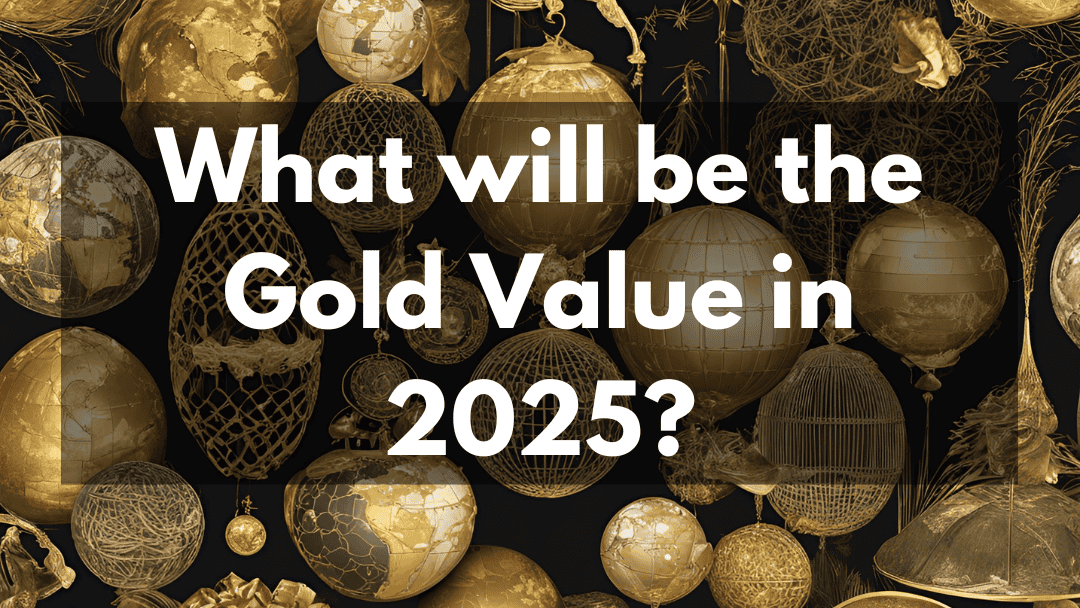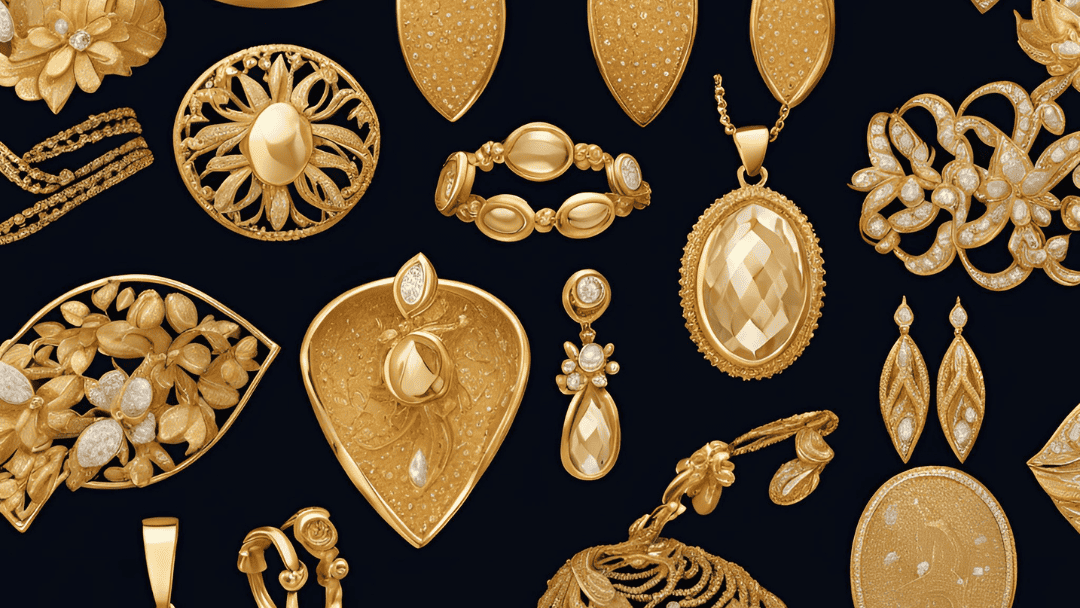
So you’ve found the person you want to spend forever with, popped the question or said yes, and now you’re staring at what feels like a million options for wedding bands. The eternal debate of white gold vs. yellow gold wedding bands has confused couples for generations, and with good reason—both are beautiful, both are classic, and both will look amazing on your finger for decades to come.
But these rings aren’t just fashion accessories. They’re symbols of your commitment that you’ll wear every single day, from board meetings to beach vacations and everywhere in between. With the average 18k white gold price sitting around $1,200-$2,500 for a simple band these days, this isn’t exactly a casual purchase either.
So which metal makes the most sense for your lifestyle, budget, and style? Let’s break it down like we’re just two friends chatting over coffee about one of life’s big decisions.
The History Behind Your Ring Finger Bling
Before diving into the practical stuff, it’s worth knowing a little backstory on these metals. Yellow gold has been the traditional choice for, well, basically forever. We’re talking thousands of years of kings, queens, and everyday folks exchanging gold bands as symbols of eternal love. There’s something pretty cool about participating in a tradition that’s older than most countries.
White gold, meanwhile, is the relative newcomer on the scene. It first became popular in the 1920s as a more affordable alternative to platinum during the Art Deco era. Fun fact: platinum was actually restricted for non-military use during WWII, giving white gold its big break in the jewelry world. Since then, it’s moved from trend to classic status, with plenty of celebs rocking white gold wedding bands on red carpets everywhere.
What Actually Is White Gold, Anyway?
This is where things get interesting. While yellow gold is exactly what it sounds like (gold in its natural color), white gold requires a bit more explanation.
Despite what the name suggests, there’s actually no such thing as naturally white gold. White gold is an alloy—a mixture of yellow gold with white metals like silver, palladium, or nickel, plus a final plating of rhodium to give it that bright, silvery-white appearance.
That 18k white gold price tag you’re seeing? The “18k” means it contains 75% pure gold (18 parts out of 24), with the remaining 25% being those other metals that give it the white color. The same goes for 18k yellow gold, but instead of white metals, it’s usually mixed with copper and zinc to maintain and sometimes enhance its yellow color while adding durability.
Practical Pros and Cons: White Gold vs. Yellow Gold Wedding Bands
Let’s get down to what really matters when you’re choosing between these metals.
Yellow Gold: The Pros
It’s the Original Classic: Yellow gold has been the traditional choice for wedding bands for centuries. If you’re someone who values tradition and timelessness, yellow gold has that covered.
No Replating Required: Unlike white gold (more on that in a minute), yellow gold doesn’t need periodic maintenance to maintain its color. What you see is what you get, forever.
Looks Amazing on Warmer Skin Tones: If you have olive, tan, or darker skin, yellow gold can really complement your natural coloring in a way that makes both your skin and the ring look their best.
Hypoallergenic Options Available: For those with sensitive skin, higher karat yellow gold (like 18K or 24K) contains fewer alloy metals that might cause reactions.
Yellow Gold: The Cons
Shows Scratches More Easily: The softer nature of gold means that scratches can be more visible on yellow gold than on white gold, especially in higher karat options.
Can Look Dated If Not Styled Right: While classic, yellow gold can sometimes read as “your grandma’s jewelry” if not paired with contemporary designs.
Doesn’t Match Silver Jewelry: If your everyday jewelry collection leans heavily toward silver, platinum, or white gold pieces, a yellow gold wedding band might feel mismatched.
White Gold: The Pros
Modern, Bright Appearance: The brilliant shine of white gold gives it a contemporary feel that works beautifully in modern settings.
Makes Diamonds Look Larger: The reflective white surface can make diamonds and other gemstones appear larger and more brilliant—there’s a reason most engagement rings feature white metals!
More Affordable Than Platinum: While the 18k white gold price point isn’t cheap, it’s still significantly less expensive than platinum while offering a very similar look.
Complements Cool Skin Tones: If you have fair or rosy skin with blue or pink undertones, white gold can look especially flattering.
White Gold: The Cons
Requires Maintenance: That gorgeous white shine comes from rhodium plating, which wears off over time. Expect to have your ring replated every 1-3 years, depending on wear, at a cost of about $60-$120 each time.
Potential Allergy Issues: Some white gold alloys contain nickel, which is a common allergen. If you have sensitive skin, make sure to ask for nickel-free white gold.
Not Actually White All the Way Through: If the rhodium plating wears off, you might notice a warmer hue showing through before you get it replated.
The Price Factor: Understanding What You’re Paying For
When comparing the 18k white gold price to yellow gold of the same karat, you might notice they’re pretty similar at the base level. Both contain the same amount of pure gold (75% for 18k), which is what drives most of the cost.
However, there are a few price differences worth noting:
- Rhodium Plating: While the initial 18k white gold price might be comparable to yellow gold, remember to factor in periodic replating costs for white gold.
- Design Complexity: Intricate designs might be more expensive in white gold because the rhodium plating process adds an extra manufacturing step.
- Weight Differences: White gold alloys are often slightly denser than yellow gold alloys, so identical ring designs might weigh more in white gold and therefore cost a bit more.
As of 2023, you can expect to pay around $1,200-$2,500 for a simple 18k white gold wedding band, depending on width and weight. Yellow gold in the same karat range would be similar, perhaps slightly less expensive initially, but without the future maintenance costs.
Lifestyle Considerations: Which Metal Fits Your Life?
Beyond aesthetics and price, consider how these metals fit into your daily life:
For the Active Person: If you’re constantly using your hands, white gold’s rhodium plating provides extra scratch resistance compared to yellow gold. However, you’ll need to remove either type before heavy-duty activities or swimming in chlorinated pools.
For the Low-Maintenance Individual: If the thought of taking your ring in for periodic maintenance makes you roll your eyes, yellow gold might be your better bet. Once you buy it, it’s good to go for decades with just regular cleaning.
For the Fashion-Forward: Consider your personal style and other jewelry. White gold blends beautifully with contemporary, minimalist aesthetics, while yellow gold can be statement-making with both vintage and modern designs.
Mixed Metals: Why Not Have Both?
Who says you have to choose? One growing trend is to intentionally mix metals, either within the same ring or by having one partner wear yellow gold while the other wears white.
Some couples opt for two-tone bands that incorporate both white and yellow gold in the same ring—giving you the best of both worlds and creating a versatile piece that works with all your other jewelry.
How to Make Your Final Decision
Still on the fence? Here’s a quick checklist to help you decide:
Choose Yellow Gold If:
- You value tradition and classic styling
- You have a warmer skin tone
- You want minimal maintenance
- You have metal sensitivities (higher karat options)
- You wear a lot of other yellow gold jewelry
Choose White Gold If:
- You prefer a modern, bright aesthetic
- You have a cooler skin tone
- You’re looking for something more affordable than platinum
- You’re pairing it with diamonds or white stones
- You typically wear silver-toned jewelry
Beyond the Binary: Other Options to Consider
While we’re focused on the white gold vs. yellow gold wedding bands debate here, it’s worth mentioning there are other beautiful options:
Rose Gold: This pink-hued gold alloy has surged in popularity and offers a romantic, unique alternative that flatters most skin tones.
Platinum: If the 18k white gold price seems reasonable but you’re concerned about maintenance, platinum is worth considering. It’s more expensive upfront but requires no replating.
The Bottom Line: There Is No Wrong Choice
Here’s the thing about wedding bands: they’re personal symbols that will mean something special to you regardless of their material. Whether you choose white gold, yellow gold, or something else entirely, what matters most is the commitment it represents.
At Eagle Coins Gold and Silver Buying, we see countless wedding bands come through our doors—some that have been worn for 50+ years and still look beautiful in either white or yellow gold. We can help you understand the 18k white gold price compared to other options, show you examples of how each metal ages, and even help you repurpose family gold into something new if that’s part of your plan.
The best wedding band isn’t about following trends or even maximizing value—it’s about choosing something that feels right for you, your partner, and the life you’re building together.


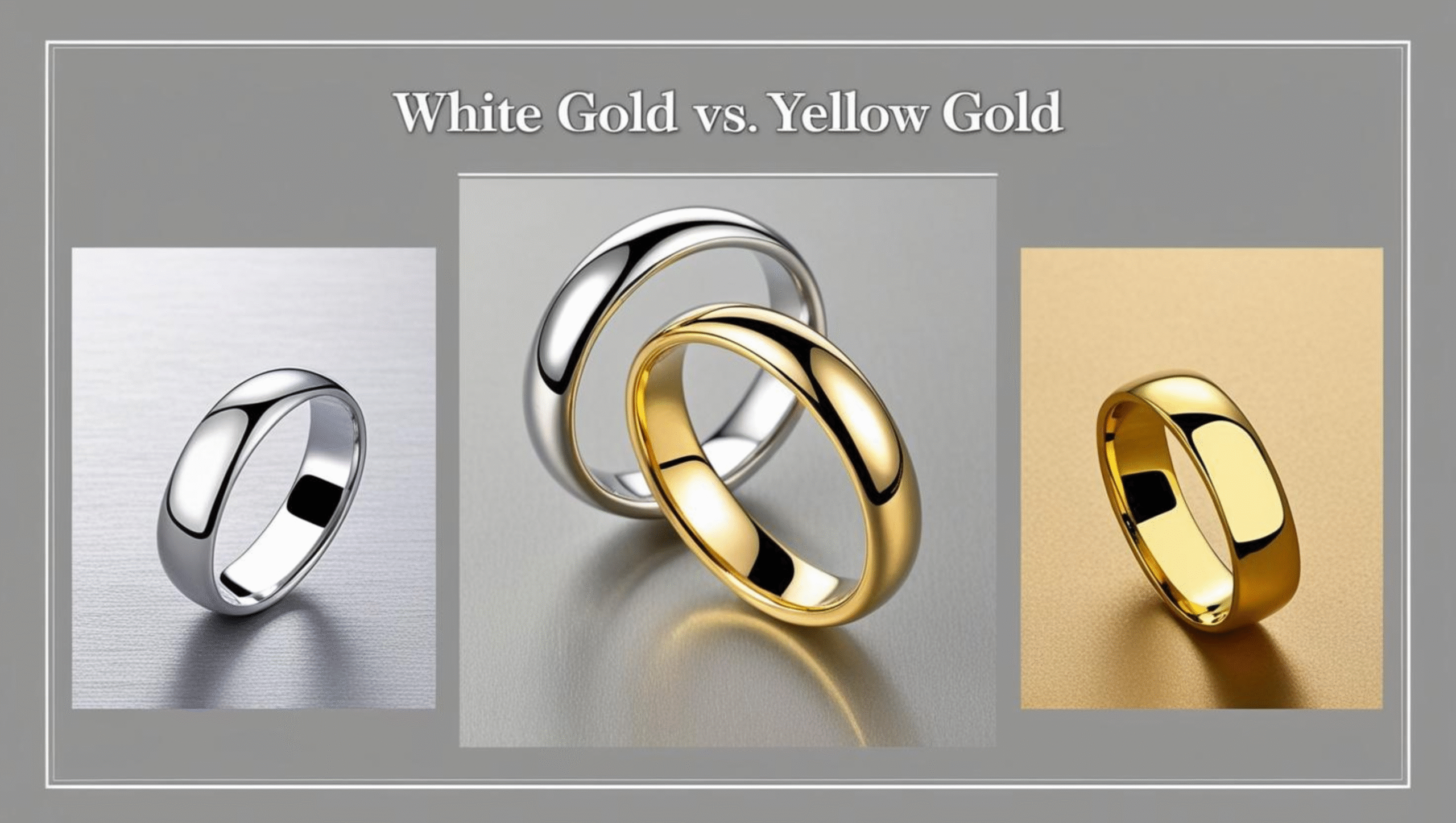
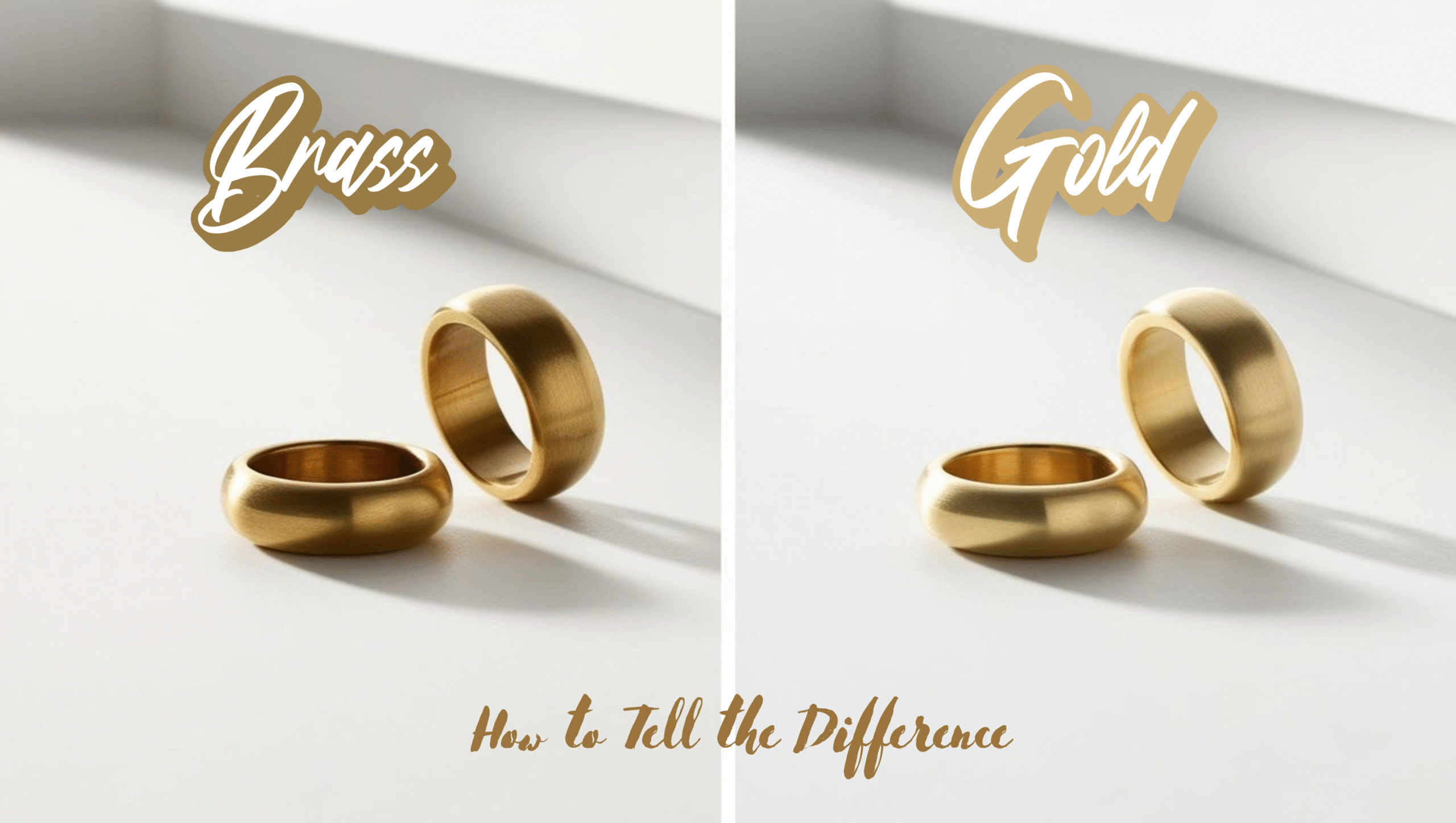

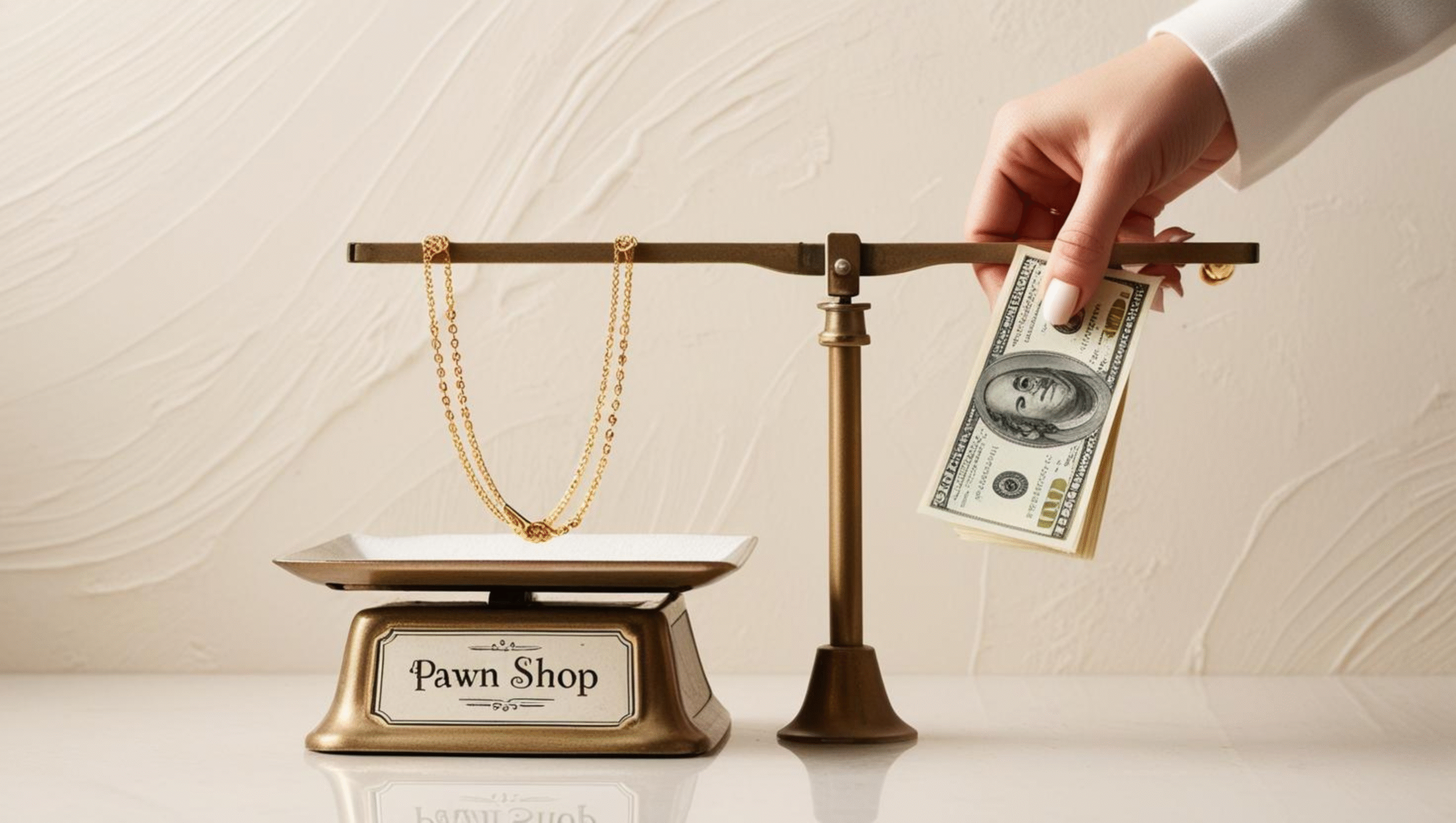

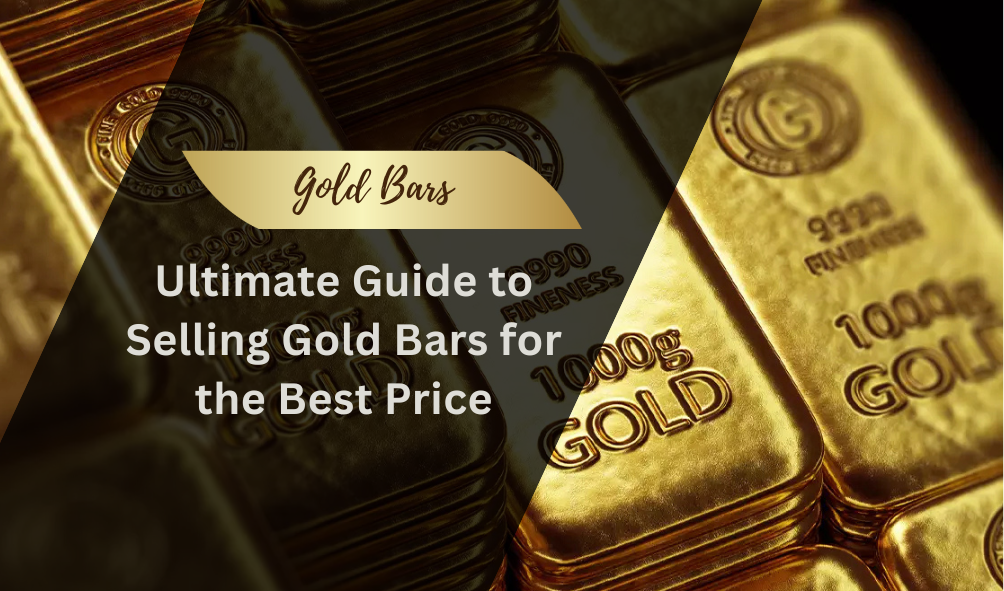
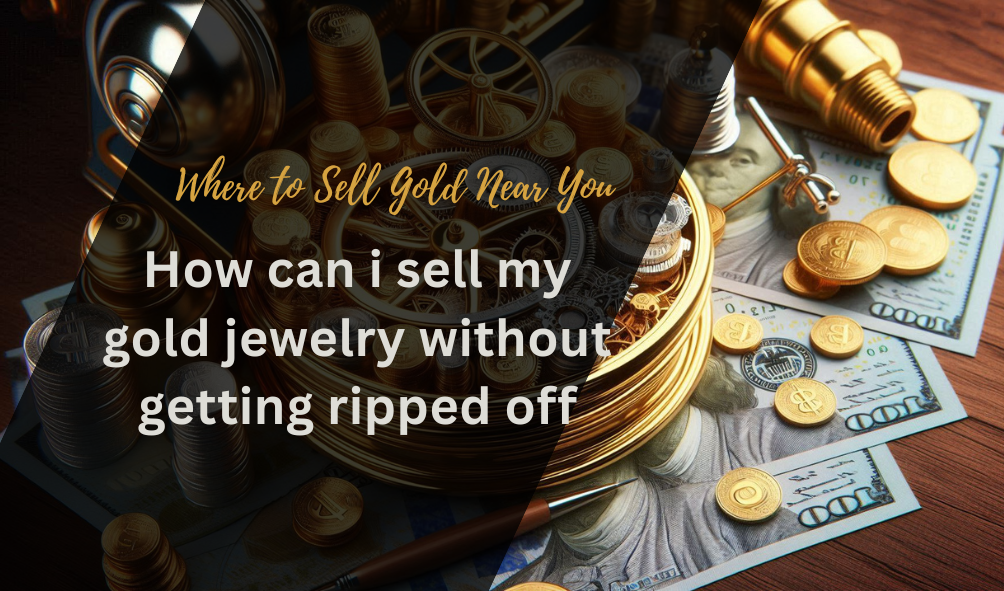
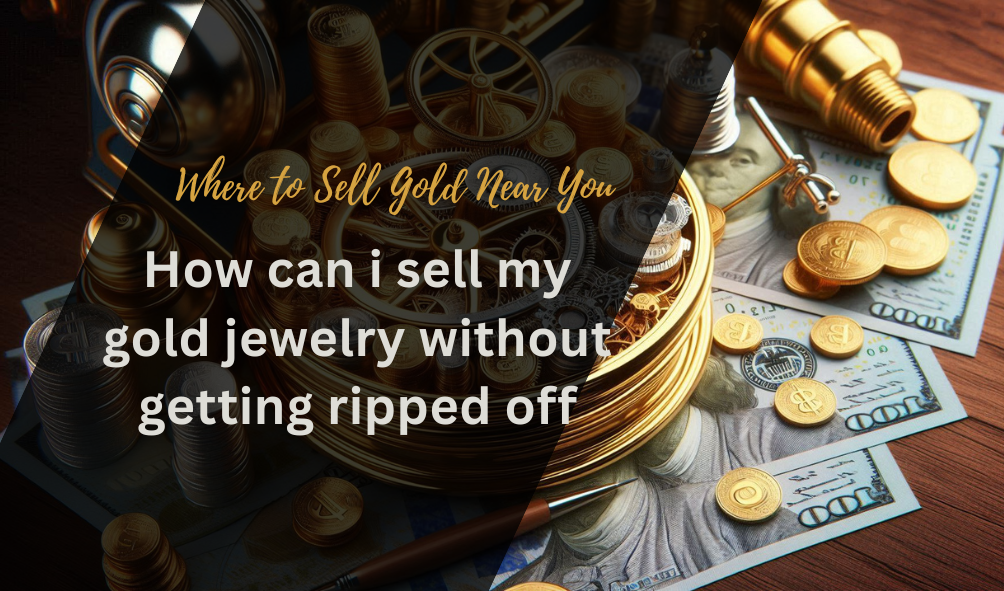


![[Seller’s Guide]How to Get the Highest Cash for Gold Jewelry Near Cape Cod?](https://eaglecoinsgold.site4demo.com/wp-content/uploads/2025/03/When-You-Should-Sell-Your-Gold.jpg)


